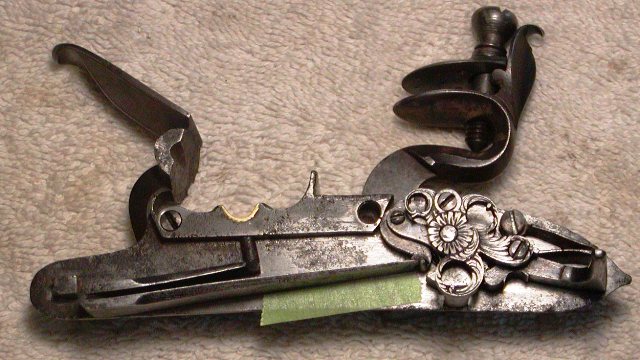As far as I know, Jim Kibler’s locks are the only currently available locks that have a bridle with integral posts machined in them. These fit into the recessed holes on the back side of the lock plate and this configuration allows the tumbler to be perfectly aligned for best/fast operation. I am aware that some (few) of the premium locks made in the 1700’s had this feature. The bridle does not rely on screws to index the proper placement. The screws on these premium locks only solidly attach the bridle to the lock plate.
My opinion of the Kibler round-faced colonial lock is that it is the finest lock I have ever seen, owned, or disassembled.
Is anyone aware of other lock manufacturers that incorporate this “posted bridle” design?
Perhaps @Comfortably_Numb will know.
Inquiring minds want to know.
Snoot
My opinion of the Kibler round-faced colonial lock is that it is the finest lock I have ever seen, owned, or disassembled.
Is anyone aware of other lock manufacturers that incorporate this “posted bridle” design?
Perhaps @Comfortably_Numb will know.
Inquiring minds want to know.
Snoot
Last edited:












